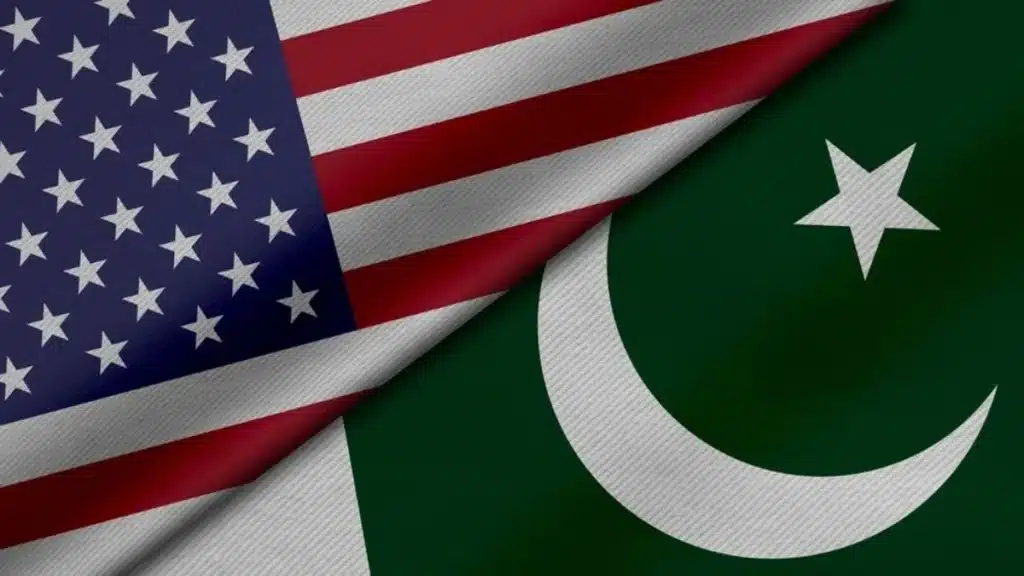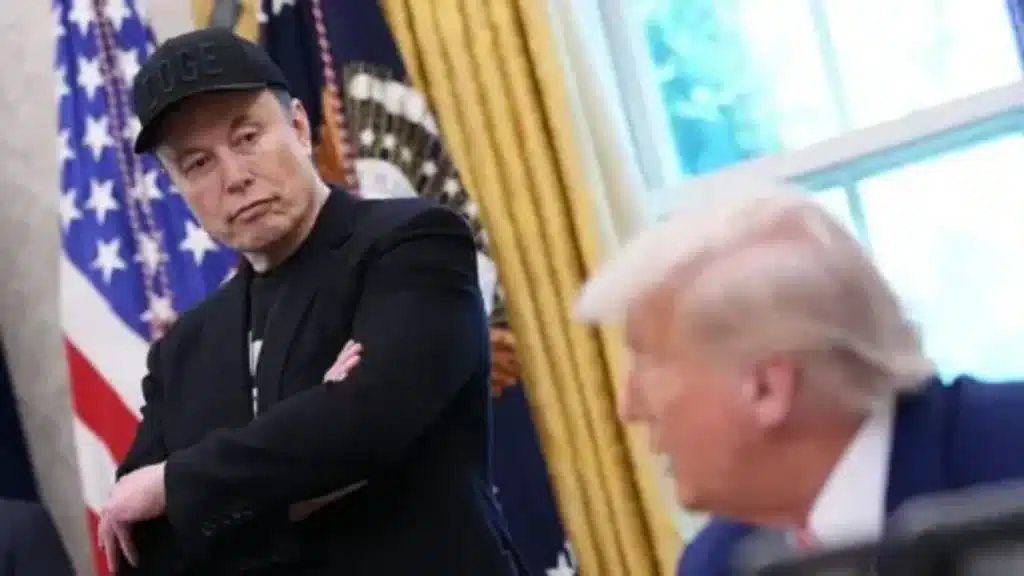In a sharp escalation of global trade tensions, China’s Ministry of Finance announced on Friday that it will impose an additional 34 per cent tariff on all US imports starting April 10. The decision comes as a direct response to a new wave of sweeping tariffs introduced by US President Donald Trump earlier this week.
On Wednesday, Trump launched what many fear could spiral into a damaging trade war, unveiling a blanket 10 per cent tariff on imports from across the globe. His administration further singled out key trading partners for harsher penalties, including a hefty 34 per cent duty on Chinese goods, 24 per cent on imports from Japan, and 20 per cent on products from the European Union.
Trump defended the move as a long-overdue corrective measure against what he described as decades of unfair trade practices. “For decades, our country has been looted, pillaged, raped and plundered by nations near and far, both friend and foe alike,” he said in a fiery address.
The tariffs have sparked strong backlash from international allies and partners. Australia, a close US ally, labelled the measures as “unwarranted,” while Italy criticised them as “wrong.” Several countries have already signalled their intention to retaliate, raising concerns about the impact on global markets and economic stability.
With both the US and China now locked in a tit-for-tat exchange of tariff threats, the coming weeks may prove crucial in determining whether the situation can be resolved through dialogue—or if it descends further into a full-scale trade conflict.
Read next: US slams Pakistan’s trade policies, flags hurdles for American firms






